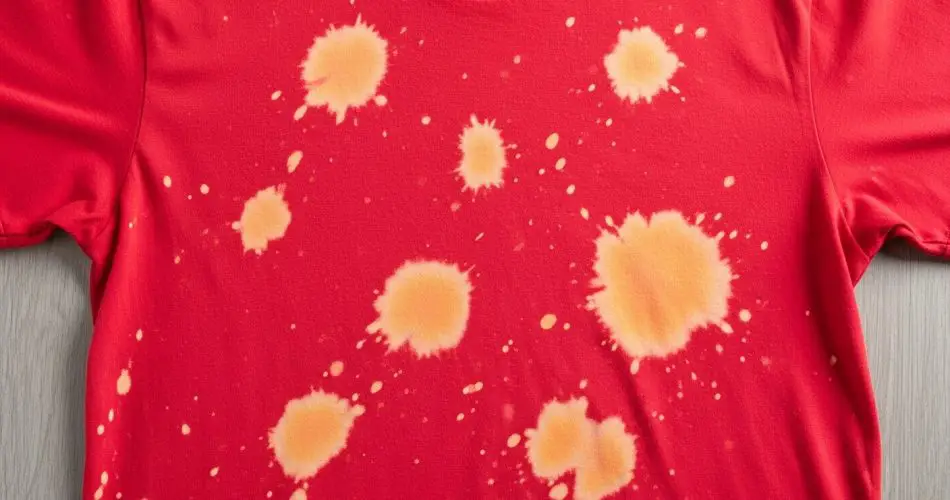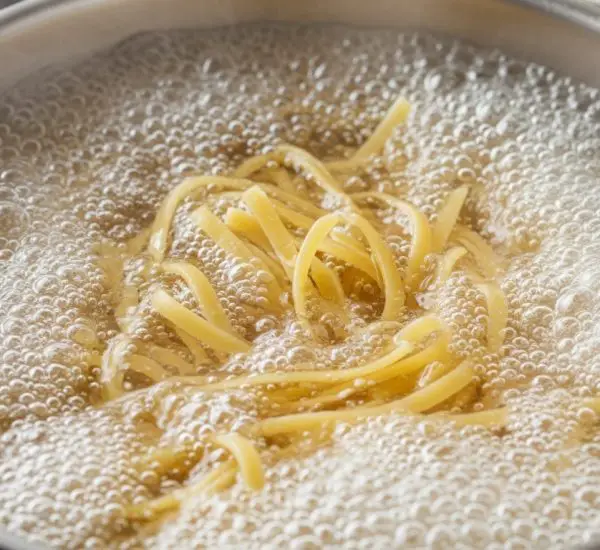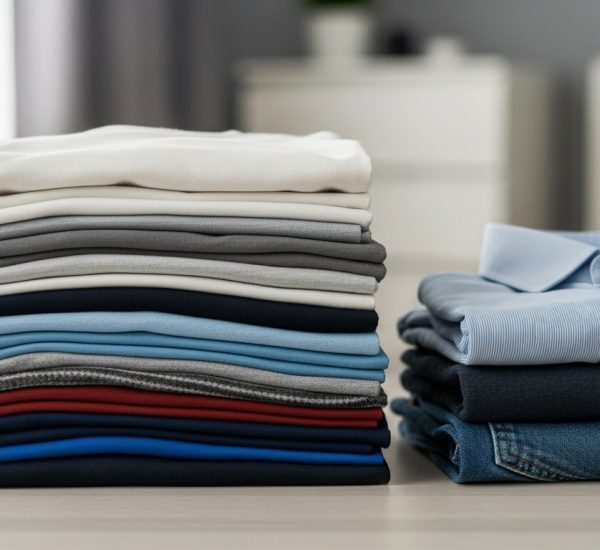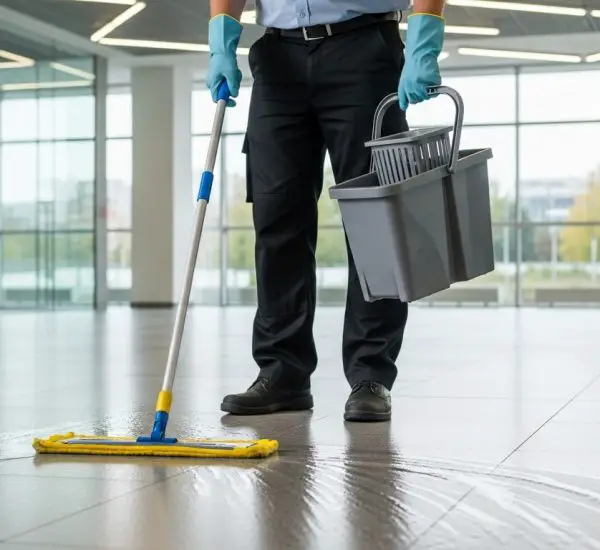If you’ve ever had the misfortune of discovering bleach stains on your favorite outfit, you know the sinking feeling that follows. Whether it happened while cleaning the bathroom, disinfecting shoes, or tackling a stubborn stain, bleach can feel like a one-way ticket to ruining your clothes. Many people assume that once bleach touches fabric, the damage is irreversible—but that’s not entirely true.
There’s actually a simple and surprisingly effective way to minimize or even eliminate bleach stains, restoring your garment to its former glory. But before we dive into that secret remedy, let’s understand what bleach really does to fabric—and why those white spots appear in the first place.
What Really Happens When Bleach Touches Fabric
“Bleach” is a general term for cleaning products that contain sodium hypochlorite, a powerful disinfectant known for its ability to remove dirt, bacteria, and even color. It’s incredibly effective for sanitizing bathroom tiles, floors, and kitchen surfaces—but not so friendly when it comes into contact with colored clothing.
Unlike typical stains from wine, coffee, or ink, bleach doesn’t simply add a mark to your fabric—it removes color from it entirely. When bleach touches a dyed surface, it strips away the pigment through a chemical reaction known as oxidation. This process breaks down the color molecules in the fibers, leaving behind pale spots, uneven patches, or sometimes even holes if the solution was strong enough.
That’s why washing bleach-stained clothes multiple times won’t help. The color isn’t just hidden—it’s gone. But while you can’t technically “wash out” a bleach stain, there is a clever trick that can visually restore the color so that the mark disappears to the naked eye.
Why Bleach Is Both Useful and Dangerous
Bleach is one of those household products that’s both a savior and a troublemaker. On the one hand, it’s an unbeatable disinfectant. It can eliminate stubborn germs, remove foul odors, and whiten even the dirtiest laundry. On the other hand, it’s highly corrosive and must be used with caution.
That’s why experts—and our grandmothers—have always warned us to wear gloves when handling bleach. Prolonged skin contact can cause irritation, dryness, and even chemical burns. And when it splashes onto clothing, especially colored garments, it can instantly erase the dye.
Sometimes, accidents are unavoidable. Maybe you were cleaning with bleach and a droplet landed on your pants. Maybe you poured too much into your washing machine. Or maybe you accidentally brushed against a bleach-covered surface. The result is almost always the same: a bright, colorless spot that refuses to budge.
The Grandmother’s Trick: Alcohol to the Rescue
Before you resign yourself to throwing that shirt away, here’s the good news: there’s a simple, time-tested solution that can help fade or even completely conceal bleach stains. The secret ingredient? Alcohol—but not the kind you find in cleaning aisles.
Forget about rubbing alcohol or the pink-colored ethanol used for disinfecting. What you actually need is the alcohol found in clear spirits, such as vodka or gin. This trick, passed down through generations, works because the alcohol interacts with the remaining fabric dyes, helping to redistribute pigment and balance the discolored area.
How to Remove Bleach Stains with Vodka or Gin
What you’ll need:
-
A small amount of vodka or gin (unflavored)
-
A cotton pad or soft cloth
-
Clean water
-
Your regular laundry detergent
Step 1: Dampen the stained area.
Gently wet the area around the bleach stain with a bit of clean water. This helps soften the fibers and prepare them for treatment.
Step 2: Apply the alcohol.
Soak a cotton pad or a small cloth in vodka or gin. Then, carefully dab or rub the alcohol directly onto the bleach spot. Use circular motions, working from the outside of the stain toward the center to avoid spreading the discoloration.
Step 3: Be patient and repeat if needed.
You’ll need to rub gently but consistently. After a few minutes, you should notice the stain gradually blending with the rest of the fabric. Depending on how severe the damage is, you may need to repeat the process several times to achieve the desired effect.
Step 4: Rinse and wash.
Once the stain has faded or disappeared, rinse the treated area under cool running water. Then, wash the garment as usual in the washing machine using your regular detergent. Let it air dry, and you’ll see how much of the damage has been reversed.
In many cases, this simple trick can make bleach stains practically invisible—saving you from having to throw away your favorite clothing item.
Why This Works
While bleach permanently removes dye from fabric, small amounts of color may remain in the surrounding fibers. Alcohol can help reactivate and redistribute this leftover pigment, allowing it to even out the contrast between the bleached and unbleached sections. It doesn’t “re-dye” the material, but it creates a smoother, more uniform appearance that makes the stain far less noticeable.
This method is especially effective on cotton and blended fabrics, where the surface color can shift slightly through chemical agitation. It may not completely restore deep, vibrant colors, but it can make the garment wearable again instead of ruined.
Additional Tips for Preventing Bleach Accidents
-
Always dilute bleach.
Never use undiluted bleach directly on fabrics. Mix it with water as directed on the label—usually one part bleach to ten parts water—to reduce its corrosive strength. -
Wear protective clothing and gloves.
When cleaning with bleach, wear an apron or old clothes you don’t mind damaging. Use rubber gloves to protect your skin. -
Avoid splashing.
Pour bleach slowly and carefully, especially when cleaning bathrooms or tiles. Most bleach stains occur because of accidental splashes. -
Store bleach safely.
Keep bleach bottles sealed and away from laundry areas or wardrobes to prevent accidental spills.
The Takeaway
Bleach stains may seem like a disaster, but they don’t have to mean the end for your favorite garments. With a little patience, a bottle of vodka or gin, and a few cotton pads, you can often rescue clothes that seemed beyond repair.
This age-old household trick proves once again that our grandmothers knew best. So the next time you see those dreaded white spots appear, don’t panic—reach for the liquor cabinet instead of the trash bin. Your clothes (and your wallet) will thank you.




